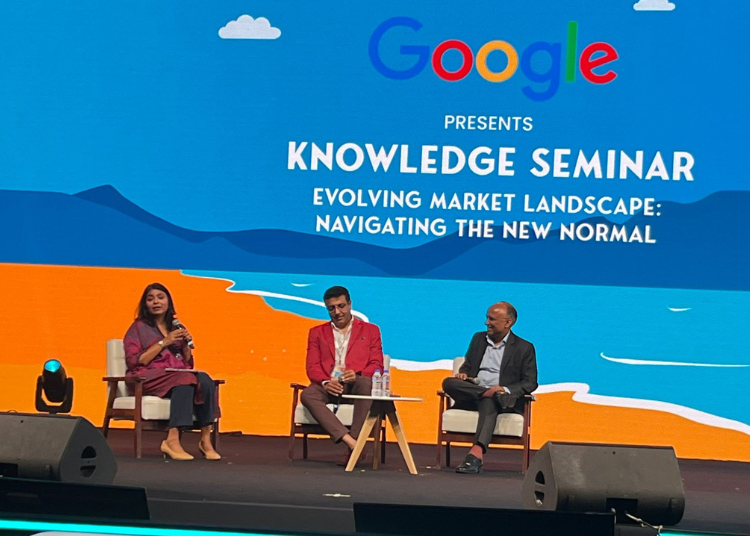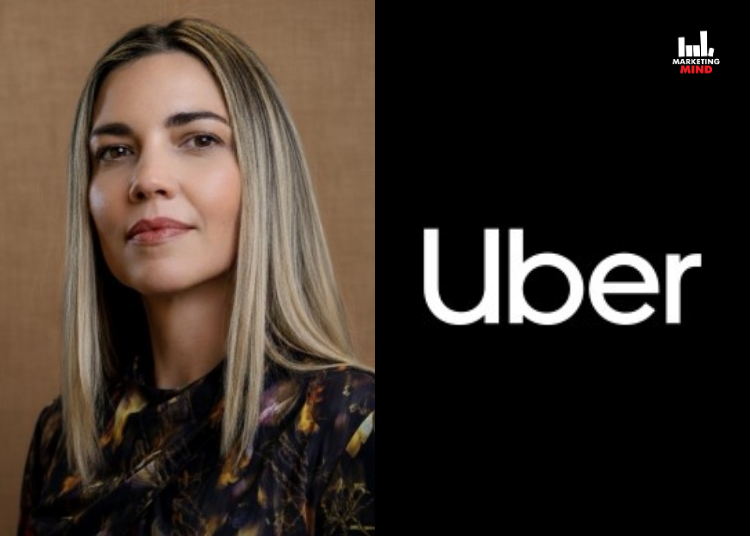On the third day of Goafest 2024, Shashank Srivastava, Member of the Executive Committee at Maruti Suzuki, emphasised the importance of staying agile to understand consumer behavior. He highlighted the necessity of being adaptive to keep up with the continuous changes in consumer behaviour.
Srivastava was a part of the panel discussion, titled ‘Evolving Market Landscape: Navigating The New Normal’, which also included Sunil Kataria, Chief Executive Officer of Raymond Lifestyle (India and International). Moderating the discussion was Anuradha Sengupta, the Founder of @anuradhasays.
In this session, the panellists dissected the intricacies of the evolving market landscape amid unprecedented change, amidst digitisation. The discussion highlighted the critical role of comprehensive data analysis in adapting to evolving consumer preferences.
The panellists explored strategies for navigating the ‘new normal’, shedding light on the shifting dynamics of consumer preferences and market trends.
When Sengupta asked about some of the major challenges faced by marketers today, Kataria mentioned several key issues. One significant challenge is that every piece of business is dynamic. Companies today experience rapid changes, yet much of the business remains interconnected which can lead to extreme configurations. Another challenge is the segmentation of consumer journeys. Additionally, media fragmentation has led to fragmented selling channels. This overall fragmentation creates various complexities in the system.
“One relevant question that arises from this is how to measure ROI. It’s challenging because there are no integrated measurements, and many factors make it even more complicated,” he added.
Adding to Kataria’s statement, Srivastava said, “Similar changes are evident. Coming from the automotive industry, one of the major shifts I’ve observed is the rapid evolution of consumer choices, which has accelerated over the past few years. This makes understanding consumers particularly challenging, and such understanding is essential for any marketing activity in any industry.”
Srivastava stressed the need for agility in understanding consumer behaviour. He also highlighted the importance of collecting interactional data from all touchpoints and integrating it.
Furthermore, he went on to say that for him, the biggest challenges are not only the changing technology in terms of media consumption and the product itself but also the fragmentation that Kataria mentioned. Without comprehending these changes and the consumers, planning any marketing activity becomes difficult.
Srivastava added, “For instance, when we introduced the Maruti 800 a long time ago, it was there for almost 25 years and was the best-selling car of its time. However, as the market expanded, we observed fragmentation. Now, there are MPVs, SUVs, entry-level sedans, and mid-range sedans. This fragmentation arises from consumer demand within the industry. Previously, we could only think of gasoline engines, but today we discuss EVs, CNG, biogas, and other alternatives. Essentially, we have to be on our toes to keep up with the constant changes in consumer behaviour.”
He also highlighted that in the automobile industry, they have identified 26 touch points from when a consumer first considers buying a car to the moment of delivery. Maruti Suzuki has digitised 24 of these steps.
Meanwhile, Kataria underscored the varied ways consumers engage with different platforms, saying, “Listening analytically to data is very important.” He also added that in-store observations are also extremely crucial. Kataria stressed the value of using first-party data to gain insights quickly and effectively.
Speaking about branding and advertising, Srivastava emphasised that ultimately, it is about understanding the customer. Sometimes the question arises: Who is the custodian of the brand? Is it the brand manager, the media agency, or the advertising agency? He pointed out that this is an outdated concept. The brand and its development are significantly influenced by the consumer themselves, and it is essential to match with them.
“Matching them comes from the analysis you conduct, based on how much information you have about the consumer and their thoughts about the product. We expect media and advertising agencies to partner with us in understanding the consumer and being part of the strategy-building process,” Srivastava said.
He went on to say that it’s no longer just a transaction where an ad agency produces a campaign, hands it to the media agency, and they work to get maximum exposure in some key areas. That approach is outdated. The new concept involves all parties integrating and collaborating to create a plan. In this way, they become partners in strategy and understanding.
“For our product category, consumer preferences and technology change so rapidly that no one has complete information about consumers. As an OEM, I can’t claim to be the sole brand custodian and dictate what others should do,” he stated.
During the panel discussion, Kataria discussed the ISA media charter, highlighting that it includes five to six critical elements. He noted that the sixth element will take some time to finalise.
He added, “The first one is a model media agency between clients and agencies, which we have rolled out and we already have some discussions happening on that. Second, between ISA, IBDF publishers. All of us are working through to form subcommittees on how to use first party data. Third is on ad fraud, fourth is on brand safety and supervision and fifth is viewability. The sixth element is cross measurement in India, a common currency between digital and TV. Our first attempt in the next one month or 45 days is to have this charter out.”
Srivastava noted that as digital continues to grow, there is a significant lack of good measurements, which is a fundamental reason the charter has not been issued. Additionally, there is a higher risk of ad fraud and issues with viewability. Placing ads safely for a brand is a complex issue, and Srivastava emphasised that brand safety, viewability, and ad fraud will increasingly become central topics of discussion moving forward.
















